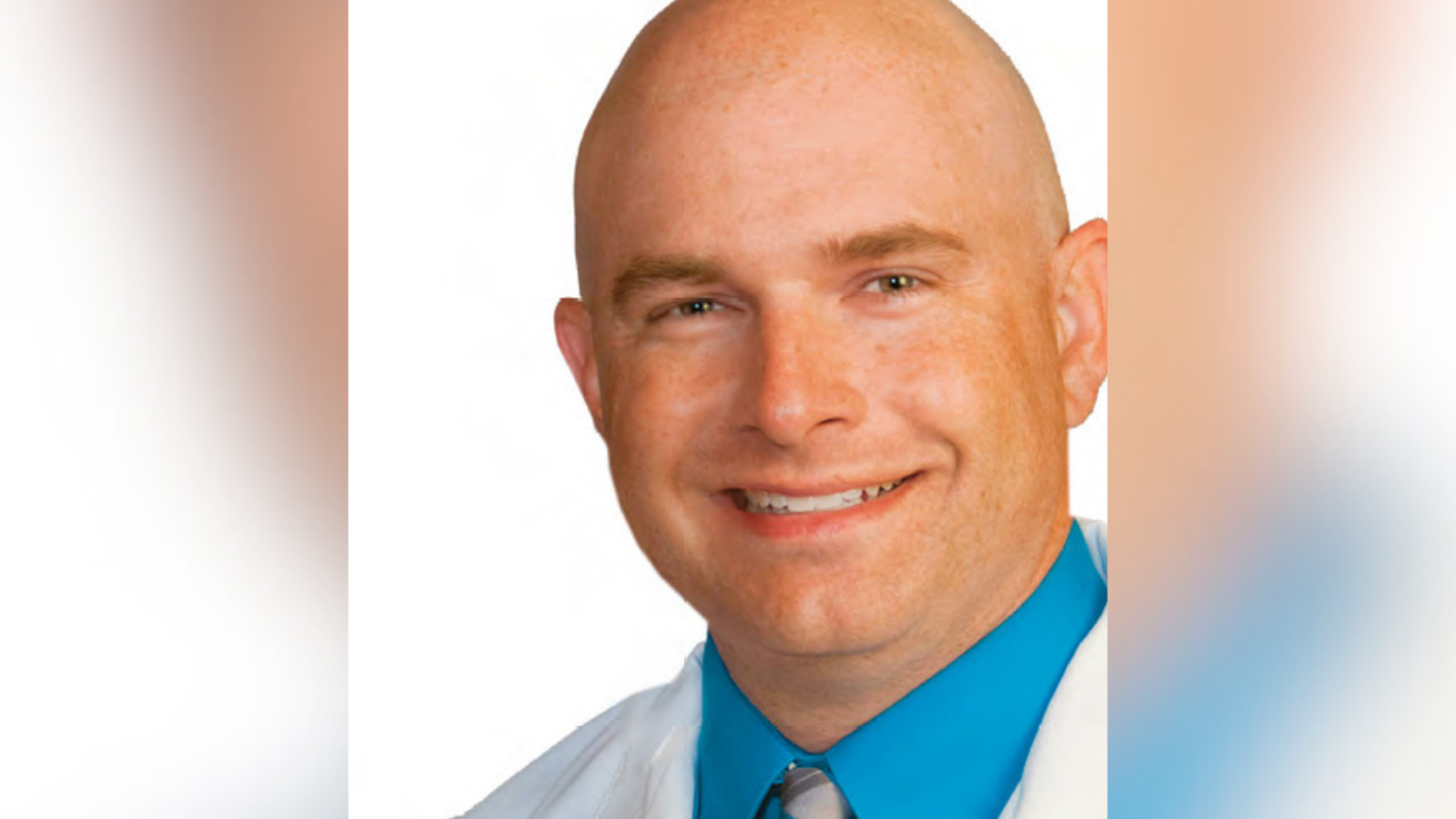Dr. Cody Aull, otolaryngologist | West Palm Beach Breathe Free Sinus & Allergy Centers
Dr. Cody Aull, otolaryngologist | West Palm Beach Breathe Free Sinus & Allergy Centers
• Eustachian tubes are responsible for regulating ear pressure and draining fluid from the middle ear.
• Eustachian tube dysfunction (ETD) occurs when the tubes are obstructed, resulting in pain, hearing problems and a feeling of fullness in the ears
• Severe cases of ETD require treatment from a medical professional.
Eustachian tube dysfunction can lead to uncomfortable pressure in the ears. Dr. Cody Aull of West Palm Beach Breathe Free Sinus & Allergy Centers says that patients struggling with ETD should seek treatment, and a balloon sinuplasty in the eustachian tube could help.
"Eustachian tube dysfunction can present with a lot of different ear pressure, ear problems or fullness in the ear," Aull told South Palm Beach Today. "That patient would benefit, if that is the problem, from balloon sinuplasty in the eustachian tube. It can be used for that; it's been cleared by the FDA for that and it works wonderfully. That is something that can be done."
According to Healthline, eustachian tubes are narrow passageways connecting the middle ears to the upper throat. Their primary role is to regulate ear pressure and facilitate the drainage of fluid from the middle ear, which is situated behind the eardrum. Typically, these tubes remain closed, except when you engage in actions like chewing, swallowing or yawning.
These passageways have a relatively small diameter and can become obstructed due to various factors. If the tubes become blocked, it can lead to hearing problems, ringing in the ears, balance issues, discomfort similar to an ear infection or a feeling of fullness in the ears, according to Cleveland Clinic. ETD can be caused by sinus issues like allergies, a common cold, the flu or chronic acid reflux. The symptoms could get worse with altitude changes, such as flying on an airplane or while scuba diving.
ETD is a condition that occurs quite frequently, according to Healthline. Depending on its underlying cause, it may resolve naturally or with straightforward home remedies. However, in more severe or recurrent instances, it is recommended to seek medical attention from a doctor.
If at-home remedies or medications do not resolve ETD, a doctor might recommend another treatment. One option is eustachian tuboplasty, also known as eustachian tube balloon dilation. According to Cleveland Clinic, this procedure is relatively new. It involves a doctor inserting a small balloon through the nasal passage into the eustachian tube and then inflating the balloon. The balloon remains inflated for about two minutes before the doctor deflates and removes it. Patients typically recover from this surgery within a couple of days.
To see if you might be affected by ETD, take this Sinus Self-Assessment Quiz.


 Alerts Sign-up
Alerts Sign-up